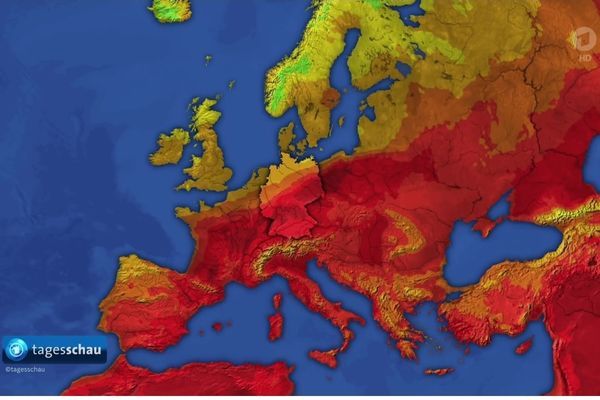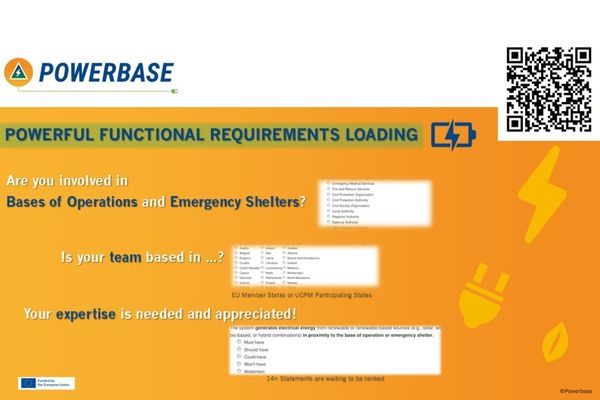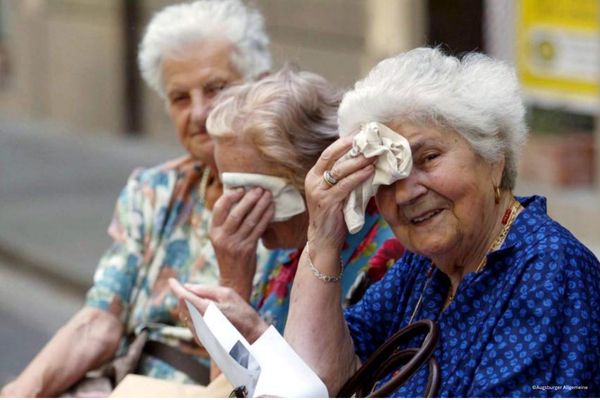The DKKV is…
German Committee for Disaster Reduction e.V. (ger.: Deutsches Komitee Katastrophenvorsorge e.V.)
Newsblog
Information Paper on the Use of Radar Data in WaX
As part of the WaX project, the information paper „Nutzung von Niederschlagsradar-Informationen zur Hochwasseranalyse: Möglichkeiten und Grenzen“ (Use of Precipitation Radar Information for Flood Analysis: Opportunities and Limitations) has been published. Three...
INCREASE: Policy Brief
The INCREASE research project examined the challenges of disaster risk management in a changing climate, focusing on an integrated analysis and assessment approach for hazards, risks, vulnerabilities, and resilience, as well as an integrated management approach for...
CEDIM Forensic Disaster Analysis Group (FDA): Mandalay Earthquake Myanmar 2025
The Forensic Disaster Analysis Group (FDA) of the Center for Disaster Management and Risk Reduction Technology (CEDIM) has published a research report on the earthquake in Myanmar. Based on information from March 28, 2025, 2:00 PM CET, a forensic disaster analysis was...
10 Years of the Sendai Framework
The International Journal of Disaster Risk Science dedicates its special issue "The Sendai Framework Celebrates Its 10th Birthday" to a comprehensive reflection on the Sendai Framework for Disaster Risk Reduction after 10 years. The publication thematically explores...
Follow us




What is disaster risk reduction?
Storms, natural hazards and extreme events can quickly become a danger to people and the environment. But climate change, extreme urbanization, power outages and fires also offer potential hazards.
A disaster occurs when the functioning of a community or society is impaired or interrupted and, as a result, high human, material, economic and ecological losses occur that cannot be managed alone.
Precautionary measures can help to reduce the consequences and impact of the disaster. Depending on the hazard and personal circumstances, the precautionary measures to be taken may vary.
Find out more about potential hazards and individual precautionary measures on our topic pages.






